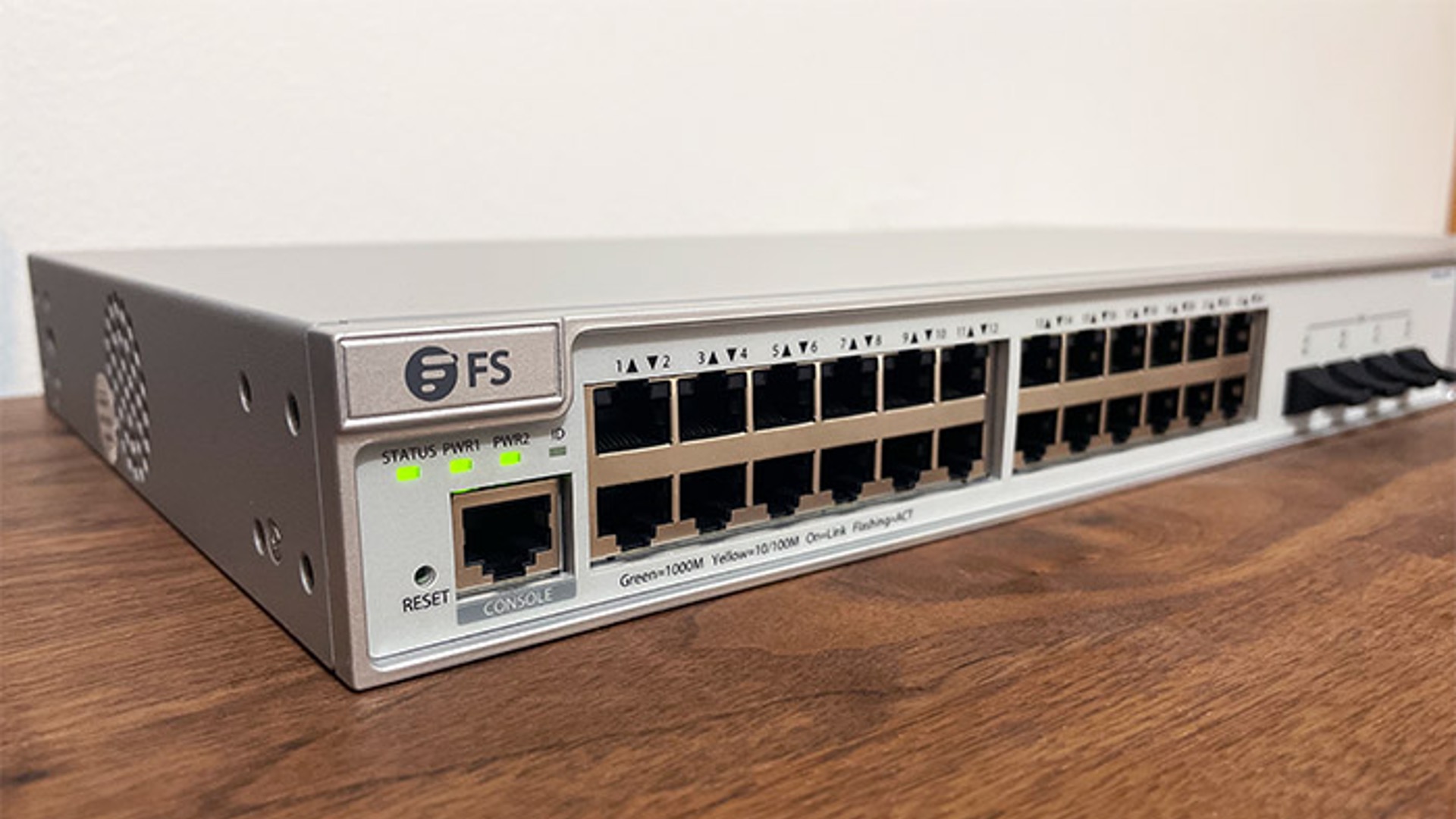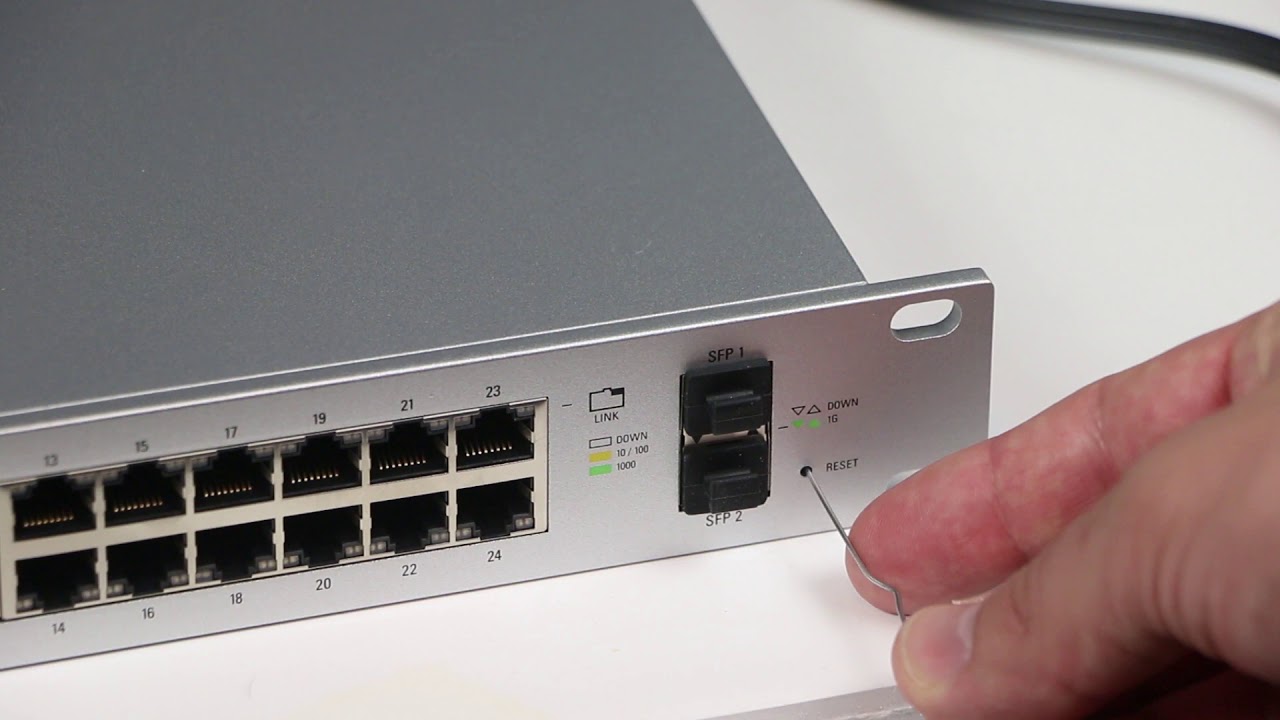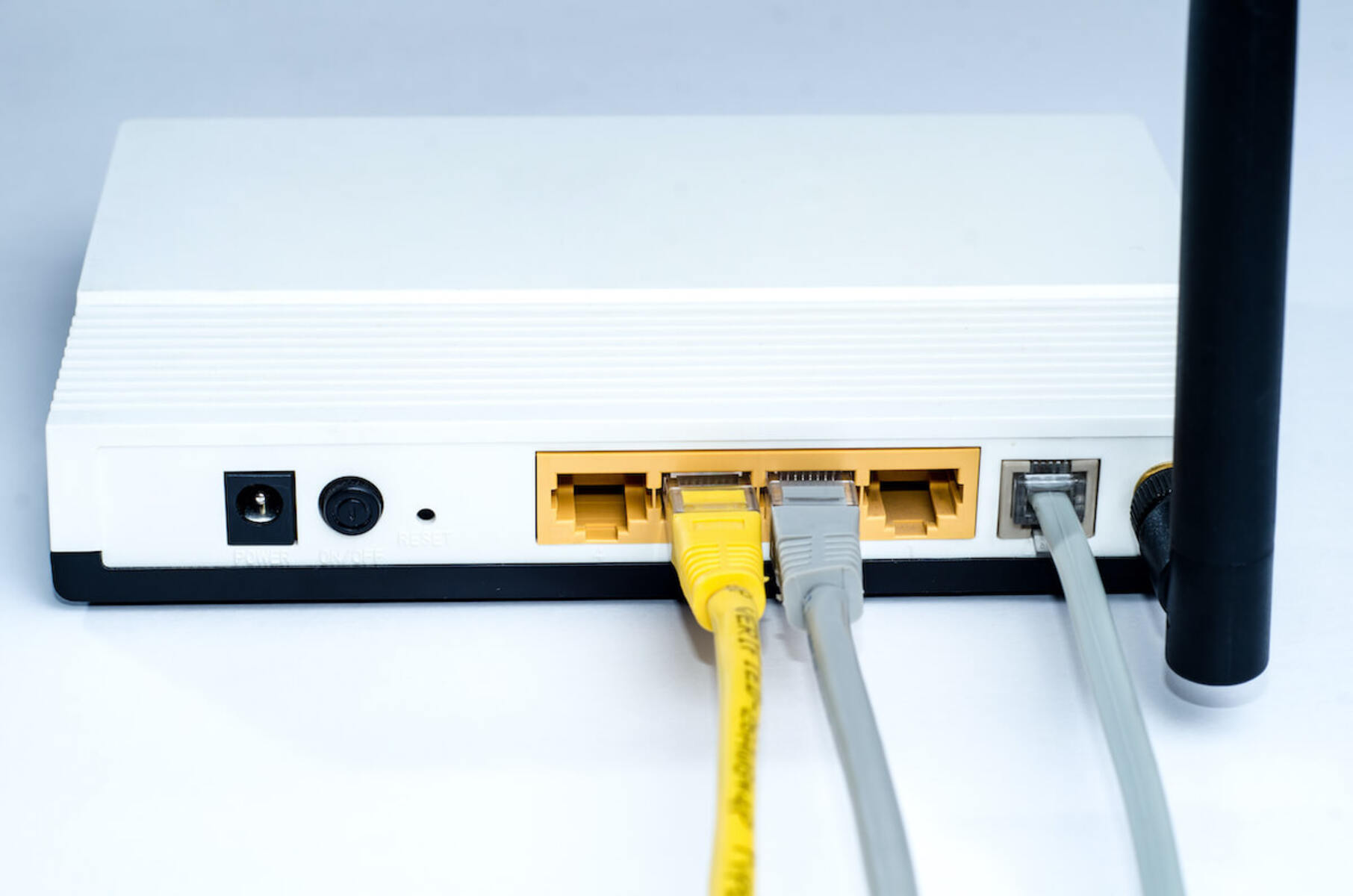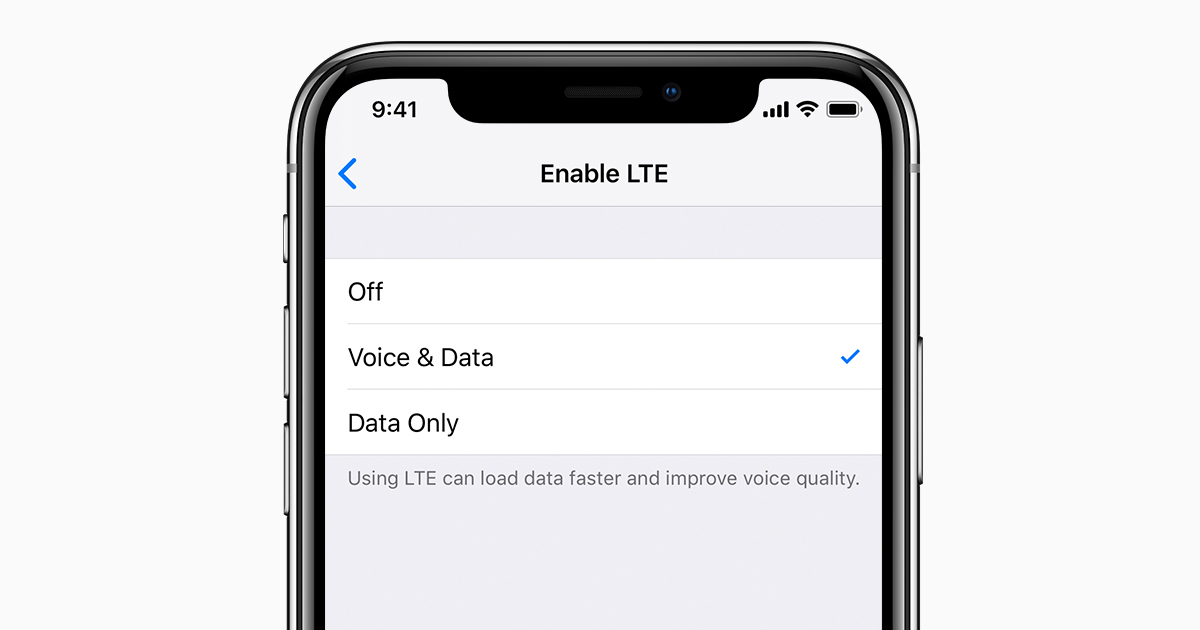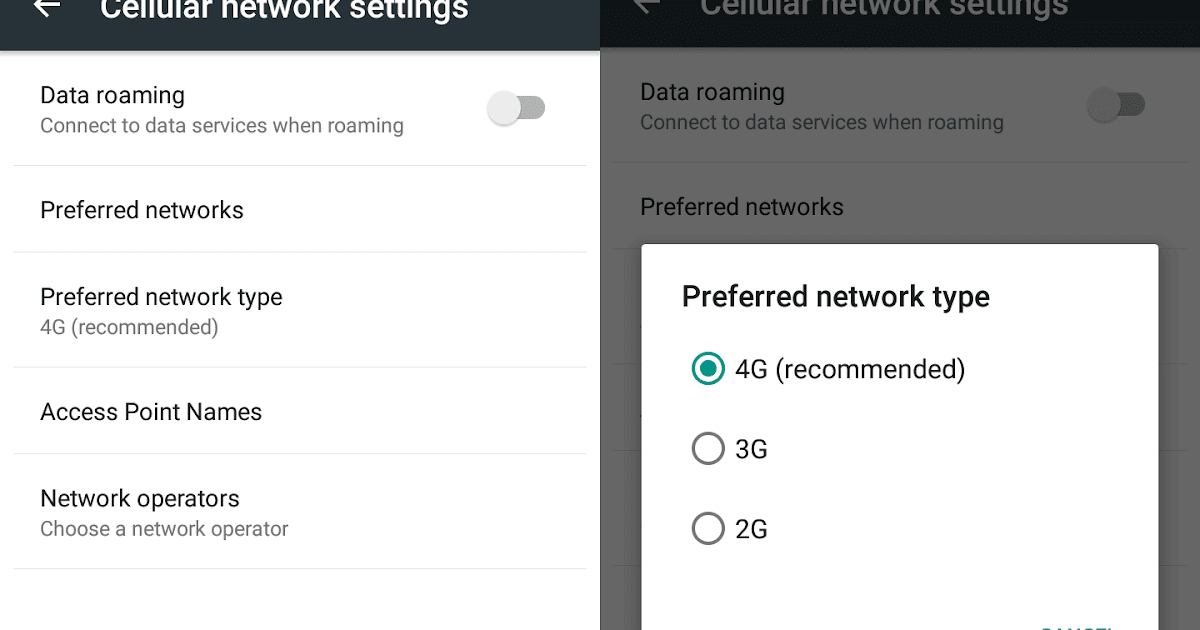Introduction
Introduction
Resetting a network switch is a fundamental troubleshooting step that can help resolve connectivity issues, improve performance, or restore the switch to its default settings. Whether you are an IT professional, a small business owner, or a home network enthusiast, understanding how to reset a network switch is an essential skill in maintaining a reliable and secure network infrastructure.
In the following sections, we will explore the concept of network switches, the reasons for resetting them, and the various methods for performing a reset. Additionally, we will delve into common issues that may arise during the reset process and provide insights into troubleshooting these challenges.
As technology continues to evolve and networks become increasingly complex, the ability to effectively manage and troubleshoot network switches is paramount. By gaining a comprehensive understanding of the reset procedures, users can ensure the smooth operation of their networks and swiftly address any connectivity issues that may arise. Whether it's a physical reset, a command line interface (CLI) reset, or a web interface reset, each method plays a crucial role in maintaining the integrity and functionality of network switches.
Throughout this guide, we will equip you with the knowledge and practical insights needed to confidently reset a network switch, empowering you to overcome common networking challenges and optimize the performance of your network infrastructure. Let's embark on this journey to unravel the intricacies of resetting network switches and pave the way for a seamless networking experience.
What is a Network Switch?
What is a Network Switch?
A network switch is a critical networking device that plays a pivotal role in directing network traffic efficiently within a local area network (LAN). Unlike traditional hubs, which indiscriminately broadcast data to all connected devices, a network switch intelligently forwards data packets only to their intended destinations, optimizing network performance and bandwidth utilization.
At its core, a network switch operates at the data link layer of the OSI model, facilitating the interconnection of multiple devices, such as computers, printers, servers, and other networked peripherals. By utilizing MAC addresses to manage data transmission, switches enable seamless communication between devices while minimizing network congestion and collisions.
Modern network switches come in various configurations, including unmanaged switches for basic connectivity, managed switches offering advanced features and control, and layer 3 switches capable of routing and network segmentation. Additionally, the emergence of gigabit and 10-gigabit switches has revolutionized network speeds, catering to the escalating demands of data-intensive applications and multimedia streaming.
Furthermore, the evolution of network switch technology has led to the integration of Power over Ethernet (PoE) capabilities, enabling the simultaneous transmission of data and power to compatible devices, such as IP cameras, wireless access points, and VoIP phones, over a single Ethernet cable.
With the proliferation of IoT devices, cloud services, and bandwidth-hungry applications, the role of network switches in ensuring reliable and secure connectivity has become increasingly vital. As the backbone of modern network infrastructures, switches form the cornerstone of seamless communication, efficient data transfer, and robust network management.
Understanding the pivotal role of network switches sets the stage for comprehending the significance of resetting these devices when addressing network-related issues. By gaining insights into the functionality and importance of network switches, users can appreciate the necessity of maintaining these devices and implementing troubleshooting measures to uphold network integrity and performance.
Why Reset a Network Switch?
Why Reset a Network Switch?
Resetting a network switch is a crucial troubleshooting step that serves multiple purposes, each contributing to the overall stability and functionality of the network infrastructure. Understanding the reasons for resetting a network switch is essential for network administrators, IT professionals, and even home users, as it empowers them to address connectivity issues, optimize performance, and mitigate potential security risks.
- Addressing Connectivity Issues: Over time, network switches may encounter connectivity issues, such as intermittent packet loss, unresponsive ports, or erratic behavior. Resetting the switch can help rectify these issues by clearing temporary configurations, refreshing network interfaces, and restoring normal operation. This can be particularly beneficial in resolving network disruptions and ensuring seamless communication between devices.
- Restoring Default Settings: In scenarios where the switch’s configuration has been inadvertently altered, resulting in network instability or misconfigured settings, a reset allows the switch to revert to its default factory settings. This can be instrumental in eliminating erroneous configurations, unauthorized changes, or unintended network segmentation, thereby restoring the switch to a known and reliable state.
- Optimizing Performance: Periodic resets can contribute to optimizing the performance of a network switch by clearing cached data, releasing memory resources, and refreshing the switch’s operating environment. This can enhance the overall responsiveness of the switch, mitigate latency issues, and promote efficient data transmission, especially in high-demand environments.
- Security and Compliance: Resetting a network switch can be a proactive measure to address potential security vulnerabilities or compliance requirements. By resetting the switch and reconfiguring it with updated security protocols, access controls, and firmware updates, organizations can bolster their network’s resilience against security threats and ensure adherence to industry standards and best practices.
By comprehending the significance of resetting a network switch, users can proactively manage their network infrastructure, troubleshoot connectivity issues, and uphold the integrity and performance of their networks. Whether it’s remedying connectivity disruptions, restoring default configurations, optimizing performance, or fortifying network security, the act of resetting a network switch serves as a fundamental tool in maintaining a robust and reliable network environment.
How to Physically Reset a Network Switch
How to Physically Reset a Network Switch
Resetting a network switch through physical means involves various methods, each tailored to different switch models and manufacturers. It is essential to exercise caution and refer to the switch’s documentation before proceeding with a physical reset to avoid unintended consequences or data loss. Below are common methods for physically resetting a network switch:
- Power Cycling: Power cycling, also known as a hard reset, involves completely powering off the switch and then turning it back on. This can be achieved by unplugging the switch’s power cable from the electrical outlet, waiting for a few minutes, and then reconnecting the power supply. This process clears the switch’s volatile memory and restarts it in a clean state, often resolving transient issues and restoring normal operation.
- Factory Reset Button: Many network switches are equipped with a factory reset button or switch that, when pressed or held for a specified duration, initiates a reset to the default factory settings. This method typically requires using a small tool, such as a paperclip, to press the reset button while the switch is powered on. Upon completion, the switch reverts to its original configuration, erasing any custom settings or configurations.
- Console Port Access: For managed switches, accessing the console port using a serial cable and a terminal emulation program, such as PuTTY or Tera Term, allows users to perform a physical reset through the switch’s command line interface (CLI). By following the manufacturer’s guidelines and entering the appropriate commands, users can initiate a reset and restore the switch to its default state.
It is imperative to exercise caution and adhere to the manufacturer’s instructions when performing a physical reset to avoid potential data loss, configuration errors, or unintended consequences. Additionally, creating backups of the switch’s configuration and settings before initiating a physical reset can serve as a safeguard against data loss and facilitate the restoration process.
By familiarizing oneself with the physical reset procedures specific to the network switch in use, users can confidently address connectivity issues, restore default configurations, and maintain the operational integrity of their network infrastructure.
How to Reset a Network Switch Using Command Line Interface (CLI)
How to Reset a Network Switch Using Command Line Interface (CLI)
For managed network switches, the command line interface (CLI) provides a powerful and versatile method for initiating a reset and reconfiguring the switch’s settings. Leveraging the CLI enables network administrators and IT professionals to perform targeted resets, customize configurations, and troubleshoot switch-related issues with precision. The following steps outline the process of resetting a network switch using the command line interface:
- Access the CLI: Connect to the switch’s management interface using a terminal emulation program, such as PuTTY or Tera Term, via the console port or a remote SSH session. Authenticate with the appropriate credentials to access the switch’s CLI.
- Enter Privileged Mode: If required, enter privileged mode by using the “enable” command or its equivalent, providing administrative access to configure and reset the switch.
- Initiate the Reset: Depending on the switch’s manufacturer and model, the command to initiate a reset may vary. Refer to the switch’s documentation or the manufacturer’s guidelines to identify the specific command or sequence required to perform a reset. Common commands may include “reload,” “reset,” or a manufacturer-specific reset command.
- Confirm the Reset: Upon executing the reset command, the CLI may prompt for confirmation to proceed with the reset operation. Verify the action and confirm the reset to initiate the process.
- Monitor the Reset Process: Observe the CLI output to monitor the reset process, including any status messages, progress indicators, or prompts for additional input. Ensure that the reset completes successfully and that the switch reboots into a functional state.
It is crucial to exercise caution and follow the manufacturer’s recommendations when using the command line interface to reset a network switch. Additionally, creating backups of the switch’s configuration before initiating a reset via the CLI can serve as a precautionary measure to safeguard critical settings and facilitate the restoration process if needed.
By leveraging the command line interface, network administrators and IT professionals can efficiently reset network switches, address configuration issues, and optimize the performance of their network infrastructure, ensuring seamless connectivity and reliable operation.
How to Reset a Network Switch Using Web Interface
How to Reset a Network Switch Using Web Interface
Many modern network switches feature a web-based management interface, providing a user-friendly and intuitive platform for configuring settings, monitoring performance, and initiating resets. Leveraging the web interface simplifies the process of resetting a network switch, offering a graphical environment that empowers users to perform targeted resets and customize configurations with ease. The following steps outline the process of resetting a network switch using the web interface:
- Access the Web Interface: Open a web browser and enter the IP address of the switch in the address bar. Authenticate with the appropriate credentials to log in to the switch’s web-based management interface.
- Navigate to Reset Options: Once logged in, navigate to the administrative or management settings section of the web interface. Look for options related to device management, configuration, or system administration, where the reset functionality is typically located.
- Select Reset Parameters: Depending on the switch’s manufacturer and model, the web interface may offer various reset parameters, such as a full factory reset, a partial configuration reset, or a reboot option. Choose the appropriate reset option based on the desired outcome, ensuring that the selected parameters align with the intended reset action.
- Initiate the Reset: After selecting the reset parameters, initiate the reset process through the web interface. Confirm the action when prompted and proceed with the reset, ensuring that the switch’s web interface provides feedback regarding the progress and completion of the reset operation.
- Verify the Reset: Once the reset process is initiated, verify that the switch’s web interface provides confirmation of the action and indicates the successful completion of the reset. Monitor any status messages or progress indicators to ensure that the reset concludes without errors.
Utilizing the web interface to reset a network switch offers a streamlined and accessible approach to managing switch configurations and performing essential maintenance tasks. It enables network administrators, IT professionals, and users to initiate resets, customize settings, and address connectivity issues through an intuitive and visually engaging platform.
By leveraging the web-based management interface, users can efficiently reset network switches, tailor configurations to suit specific requirements, and ensure the seamless operation of their network infrastructure, fostering a reliable and responsive networking environment.
Common Issues When Resetting a Network Switch
Common Issues When Resetting a Network Switch
While resetting a network switch is a valuable troubleshooting technique, it can occasionally introduce challenges or complications that warrant attention. Understanding the common issues that may arise when resetting a network switch is essential for preemptively addressing potential concerns and ensuring a smooth transition throughout the reset process. The following are common issues encountered when resetting a network switch:
- Data Loss: Performing a reset without backing up the switch’s configuration can lead to data loss, resulting in the eradication of critical settings, VLAN configurations, access control lists, and other customized parameters. To mitigate this issue, it is advisable to create backups of the switch’s configuration before initiating a reset, safeguarding against unintended data loss and facilitating the restoration of essential settings if needed.
- Configuration Errors: After a reset, reconfiguring the switch with inaccurate or incompatible settings can lead to configuration errors, network instability, or connectivity issues. It is imperative to meticulously review and validate the reconfigured settings, ensuring that they align with the network’s requirements and adhere to best practices to prevent configuration-related issues post-reset.
- Unintended Network Disruptions: In multi-switch environments, a reset performed on a core or distribution switch can inadvertently disrupt network connectivity, causing temporary outages or service interruptions. Prior to initiating a reset, it is advisable to communicate the maintenance activity to relevant stakeholders, implement redundancy where feasible, and schedule the reset during low-impact periods to minimize potential disruptions.
- Firmware Compatibility: Resetting a network switch may necessitate firmware updates or revisions to ensure compatibility with existing network components and protocols. Failing to address firmware compatibility issues post-reset can lead to interoperability challenges, performance degradation, or security vulnerabilities. It is essential to verify and update the switch’s firmware to align with the network’s requirements and maintain optimal functionality.
By acknowledging and proactively addressing these common issues, network administrators, IT professionals, and users can navigate the reset process with confidence, mitigate potential complications, and uphold the operational integrity of their network infrastructure. Additionally, adhering to best practices, such as creating backups, validating configurations, and communicating maintenance activities, can contribute to a seamless reset experience and minimize the impact of potential issues.
Conclusion
Conclusion
Resetting a network switch is a fundamental aspect of network maintenance and troubleshooting, serving as a pivotal tool for addressing connectivity issues, restoring default configurations, and optimizing the performance of network infrastructure. By delving into the intricacies of network switches, understanding the reasons for resetting them, and exploring the diverse methods for performing resets, users can equip themselves with the knowledge and practical insights needed to navigate the complexities of network management.
From the physical reset methods, such as power cycling and utilizing factory reset buttons, to the advanced approaches involving command line interfaces (CLI) and web-based management interfaces, the ability to reset network switches encompasses a spectrum of techniques tailored to diverse user preferences and switch capabilities. Each method offers unique advantages and considerations, empowering users to tailor their approach to the specific requirements of their network environment.
Furthermore, being cognizant of the common issues that may arise during the reset process, such as data loss, configuration errors, unintended network disruptions, and firmware compatibility challenges, enables users to proactively address potential concerns and maintain the operational integrity of their networks. By implementing best practices, including creating backups, validating configurations, and communicating maintenance activities, users can navigate the reset process with confidence and minimize the impact of potential complications.
As technology continues to evolve and networks become increasingly intricate, the ability to effectively manage and troubleshoot network switches is paramount. By gaining a comprehensive understanding of the reset procedures, users can ensure the smooth operation of their networks and swiftly address any connectivity issues that may arise. Whether it’s a physical reset, a CLI reset, or a web interface reset, each method plays a crucial role in maintaining the integrity and functionality of network switches.
Embarking on this journey to unravel the intricacies of resetting network switches equips users with the knowledge and practical insights needed to confidently reset a network switch, empowering them to overcome common networking challenges and optimize the performance of their network infrastructure. By embracing the multifaceted nature of network switch resets, users can foster a reliable and resilient networking environment, ensuring seamless connectivity and efficient data transmission across their network infrastructure.







